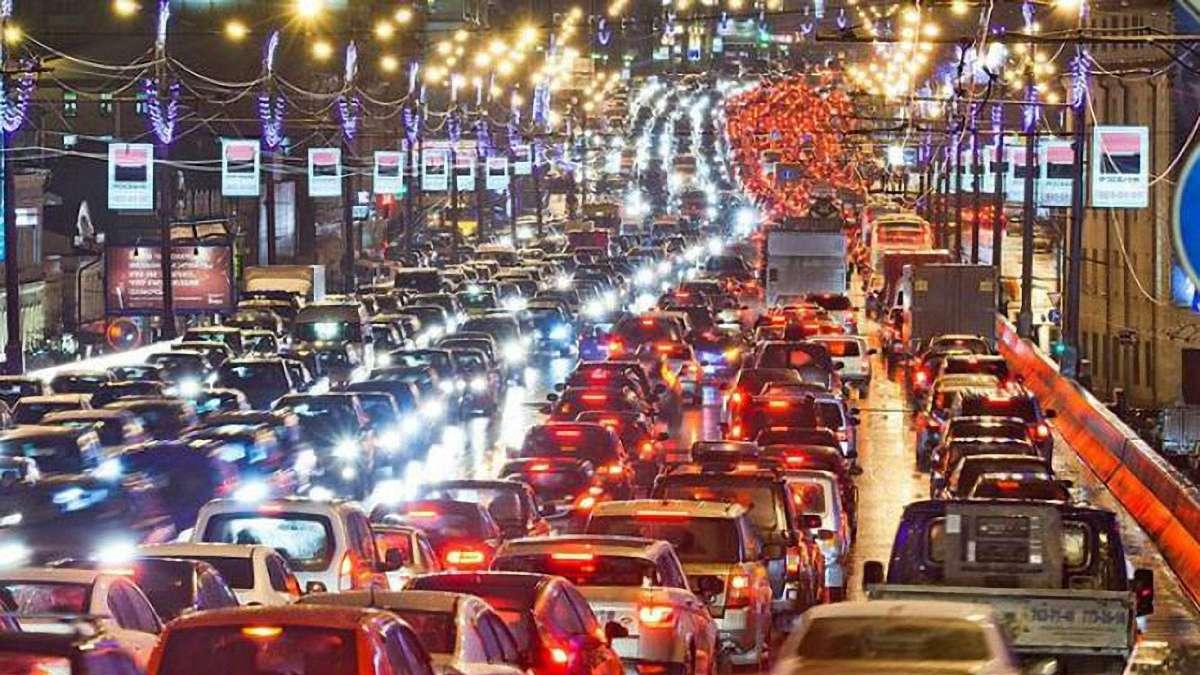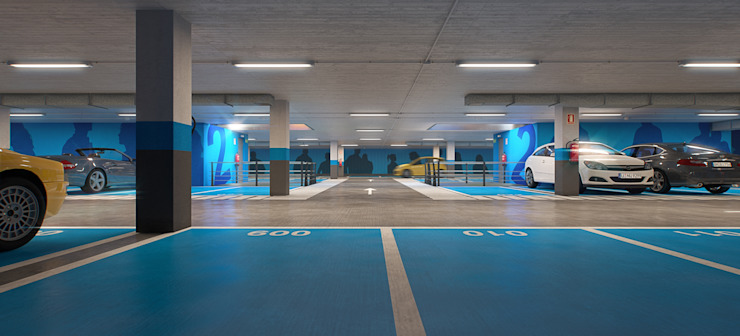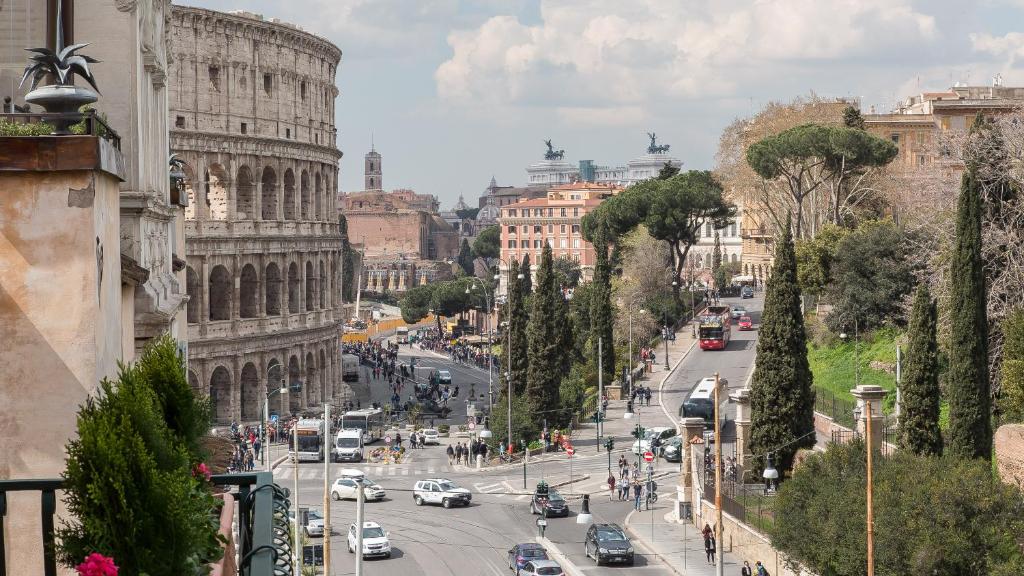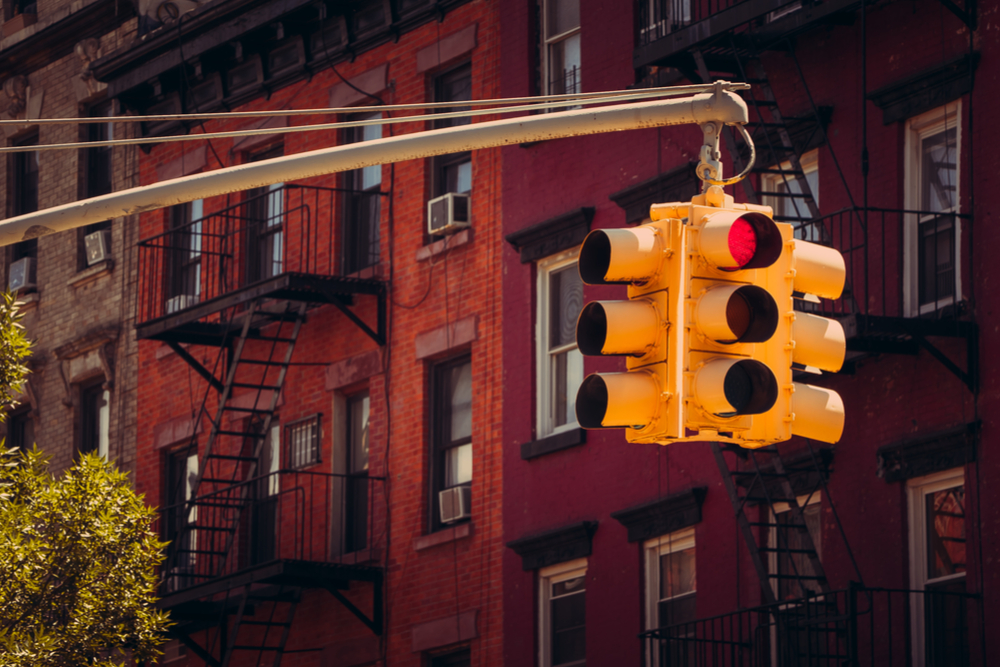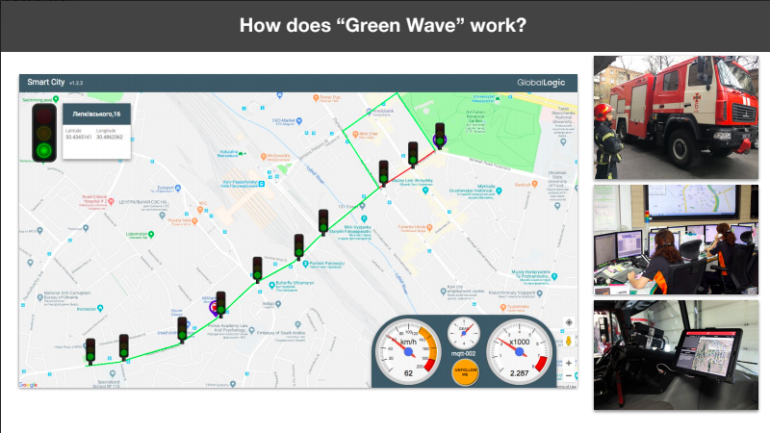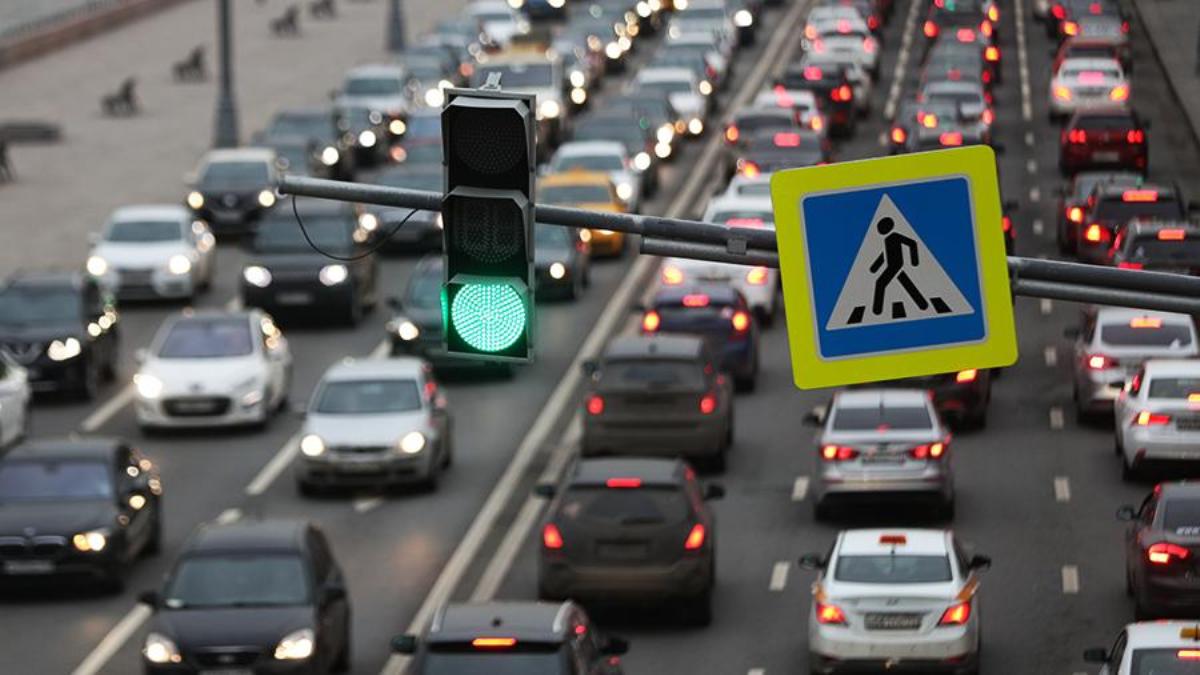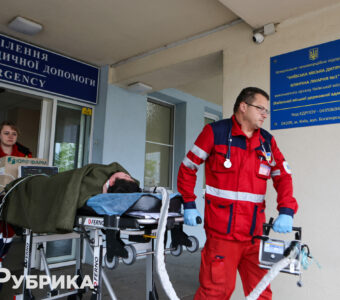Transport collapse in Kyiv: how to solve the eternal problem of traffic jams
Underground roads and parking lots, smart traffic lights and bans: what can work in Kyiv?

What is the problem?
According to the global rating compiled by the TomTom Traffic Index service, every year every resident of the capital spends a total of 207 hours in traffic jams, 8.5 days in a row. The main reason was the love of Kyiv residents to travel by their vehicles.
The problem is that the city's capacity for the number of cars is no longer enough. Kyiv is designed for a maximum of 500,000 vehicles, but about a million cars travel on the roads and this number is constantly growing. In addition, the situation is such that Kyiv residents live and rest in one part of the city and work in another, so they have to drive from home to work and back every day, which is a heavy load on traffic. It would seem that it is possible to change to public transport, but in comparison with European capitals we have an insufficient number of lines and subway stations, and on the other hand, the prevalence of poor quality minibusses instead of quality municipal transport.
The lion's share of road problems is due to the irrational redistribution of traffic flows in the capital due to an inefficient traffic control system. In addition, the density and speed of traffic are affected by chaotic parking; the active part of the streets is blocked by mass parked cars. The shortage of parking lots is a long-standing problem of the capital, which the current city authorities are unable to solve. In Kyiv, instead of the required half a million parking spaces, there are twice as few available.
What is the solution?
Underground infrastructure
In Madrid, almost half of one of the city's main arteries, the 30-kilometer N30 highway, has been buried. This allowed building squares and parks where asphalt used to be. There are very few car parks on the ground in Barcelona, most of them under it. Long tunnels break through the historic blocks thanks to the investor: traveling by car there is for a fee, and the money is shared between the investor and the city. Pedestrians and cyclists have free-up space on the top.
But in Amsterdam, the city is freed from cars, by building parking lots on the outskirts of the city. If you live in a remote area, you only get to such a parking lot, and from there you can use the subway or tram, and even walk a convenient passage. The price of such parking, including a free or discounted ticket for public transport, will cost 6 times cheaper than parking in the city center. However, similar parking lots need space. We have it; such a parking lot was promised to be built on the Zhytomyrska metro station a few years ago, but this year a new shopping center was opened on the site of the probable parking lot. And underground parking in the city center will require large budget expenditures.
Can the bans work?
In Italy, they forbid everyone but those who live in the area to visit the center of Rome in one's car. In London, Rome, and Stockholm, municipalities charge a flat fee to motorists for entering the city center. Such measures have reduced the number of cars in the centers of cities by 15-25%.
Beijing residents cannot use personal cars every day. There is a separate day of the week for each driver when they can use the car, depending on the last digit of the number. On Monday, for example, only those whose numbers end at 1 and 5 can go, on Tuesday, the ones with 2 and 6 can go, and so on.
Norms like the one in Italy have already been introduced in Kyiv, but for a different purpose: we have blocked only some pedestrian streets in the center, which can only be entered by cars whose owners live on this street and cannot reach the house otherwise. Such a system exists on Andriivskyi Descent: metal poles can be lowered to the level of asphalt and clear the passage. However, it was not created to clear the street of traffic jams, but simply to make it pedestrian. But will we have a system like China?
"Smart" traffic lights that analyze traffic and adjust to it
Intelligent transport control systems have long been in place in New York, London, and even Warsaw. There, the operation of traffic lights is controlled by artificial intelligence based on the analysis of data from a huge number of surveillance cameras. Artificial intelligence selects from the library of programs the optimal scenario of traffic lights, which corresponds to the current situation on each section of the road. Something similar to this system works in Kyiv.
In Ukraine, the number of cars on the roads is also counted by cameras, and think tanks even know which intersections and entrances to the city are congested. There are 7,975 adjustable traffic lights in Kyiv, more than 700 of which are connected to an automated traffic control system. Depending on the congestion of the highways, the specialists of the traffic control center can include up to eight different coordination plans at one site, which correspond to the morning, lunch, evening rush hours, and inter-peak periods. Such a system is called Green Wave, and it was planned that the introduction of such an algorithm will streamline traffic and increase the capacity of the capital's roads by 20-25%.
Does it work?
Traffic lights are the best choice for Kyiv, as installing traffic lights is cheaper and faster than building underground tunnels or parking lots. But it doesn't work.
It was planned that the Green Wave will provide priority travel of ambulances, fire engines, and other special equipment due to the timely switching of traffic lights. The system hasn't worked, but thanks to information from the Kyiv City State Administration, we know how many traffic lights are ready to work in this system and what they can do now. The solution didn't work for other drivers, because among the smart traffic lights there are also ordinary ones, which cannot be controlled remotely, the system will be able to show results only when there are more such traffic lights.
Even more useful solutions!
You'll have to escape from traffic jams on your own
To avoid traffic jams, you can use the rental service in the desired area, reaching it by subway or tram. However, when it is cold and wet outside, you least want to change from a car to public transport, although on such days we're advised to use it so as not to provoke traffic jams.
However, there are a few ways to comfortably get to your destination without getting stuck. To do this, you need to plan a trip and consider:
- days of the week: Friday evening, Sunday, and Monday morning encourage Kyiv residents to leave the city or return to it. Therefore, the occurrence of traffic jams at all entrances and exits is almost inevitable;
- weather conditions: rain or snow worsen the already difficult situation. In addition, the likelihood of accidents increases, especially on narrow streets;
- place of work: think about whether it's so comfortable to spend hours every day to move from one bank to another;
- numerous interactive services: some smartphone apps display broken traffic lights, accidents, and road works;
- beginning/end of the summer season: this time is considered the most difficult for motorists. Although advanced summer residents have already appreciated the service of renting minibusses at the exit from Kyiv;
- combination of routes: to use different modes of transport in different parts of the city;
- in the period from 7.00 to 10.00 and from 17.00 to 19.00 the maximum amount of transport accumulates on the streets. It is worth waiting a bit, and the highways will be freer.


